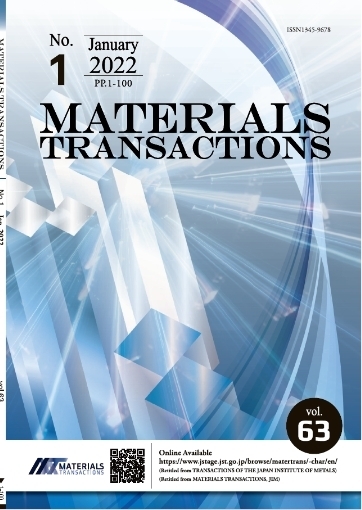Raft Structure of Nickel Base Single-Crystal Superalloys
Takuma Saito, Hiroshi Harada, Tadaharu Yokokawa, Makoto Osawa, Kyoko Kawagishi, Shinsuke Suzuki
pp. 1443-1457
Abstract
Series of Ni-base single-crystal superalloys with superior thermal durability have been developed to improve thermal efficiency of gas turbine systems. Microstructural transition during creep so called “raft structure” formation enhances creep properties at lower stress and higher temperature condition. Furthermore, larger perfection degree of the raft structure contributes to better creep properties under the same creep condition. To control the perfection degree of the raft structure, magnitude of a lattice misfit and an elastic misfit between γ and γ′ phases should be controlled. In the current situation, the lattice misfit can be controlled by using alloy design program NIMS has developed. In this review, we focused on the role of the raft structure in alloy design. Observation results and predicted mechanisms about strengthening by the microstructural transition, in addition to the mechanism about microstructural transition itself during creep, were summarized and explained. Finally, under these recognitions mentioned above, our effort to establish a new alloy design approach to control the perfection degree of the raft structure by modifying the elastic misfit were introduced.
Readers Who Read This Article Also Read
MATERIALS TRANSACTIONS Vol.65(2024), No.12










